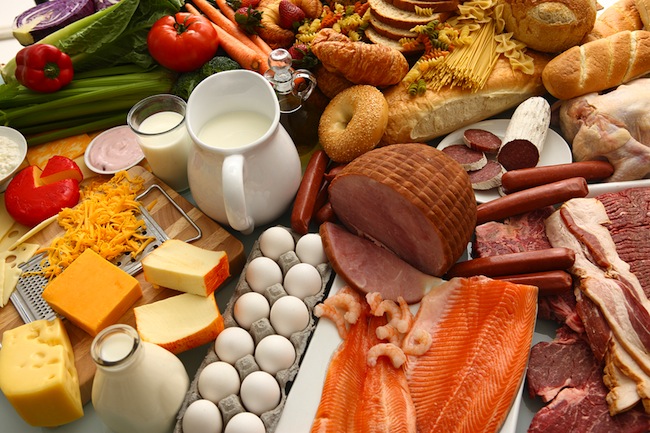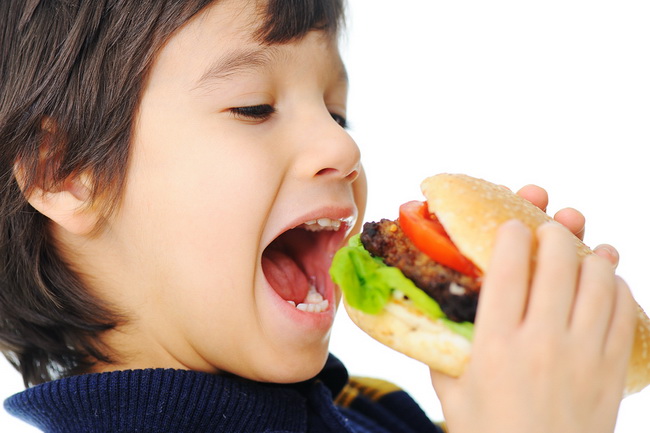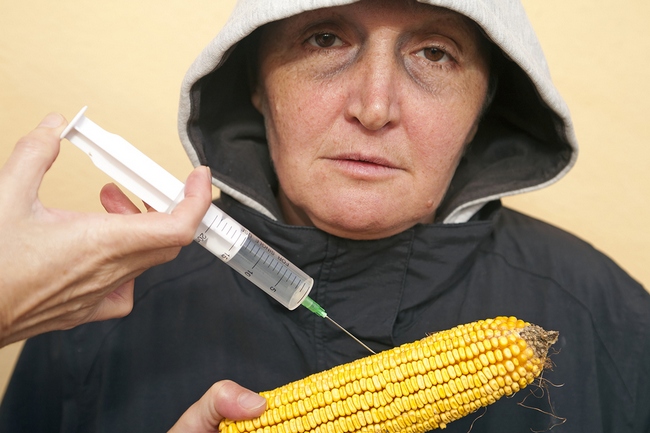- Make It Yourself Lavender Heart-Shaped Bath Bombs!
- 20 Things You Never Knew About “Down There”
- 12 Best Foods For Those Suffering From Arthritis Pain
- 12 Personal Hygiene Mistakes Almost Everyone Makes (Mom Never Told You About #4!)
- 15 Medicinal Plants And Herbs From The Cherokee People
- 12 Mind-Blowing Benefits Of Drinking Coconut Water During Pregnancy
- 12 Outstanding Winter Foods That Won’t Fatten You Up Like A Christmas Turkey
Big Food Sells the Same Products in Other Countries – Minus the Chemicals

Photo credit: bigstock.com
Many of you probably remember when you first started reading food labels. Do you remember the first time you saw the abbreviation “BHT”? Many people say that they thought it was nothing more than an approved preservative. Well, they are right, in a certain way. Butylated hydroxytoluene (BHT) is a preservative. It’s a synthetic antioxidant which is added to many foods to help preserve the color, smell, and flavor. It also is approved by the FDA, but not quite in the way you are thinking of. Find out how to read labels.
In 1958, the FDA was given the power to put some food ingredients together under one label called “Generally Recognized as Safe,” or GRAS for short. This enabled the FDA to approve things that most people know to be safe, such as apples for flavoring, without having to go through testing. Who needs to test an apple, right? We all know that they are safe.
The problem with this law is that food companies use it as more of a loophole to get certain items approved without really being properly tested. Food manufacturers can simply tell the FDA that the ingredients in their products are GRAS and the FDA will give approval, without asking for tests, without asking for proof that certain chemicals are safe. So technically, BHT has been approved by the FDA, but it hasn’t been tested and it certainly isn’t safe.
SEE ALSO: FDA Admits it Allows Untested Food Additives to be Sold to Consumers
Now that you know how this process works, let’s go back to BHT, and its cousin BHA, since they are often used in combination. Both of these ingredients have been linked to behavioral problems in children, to have negative effects on the central nervous system, and impair kidney and liver function, as well as causing tumors. Even the U.S. Department of Health and Human Services National Toxicology Program, and the World Health Organization lists these two ingredients as possible carcinogens!
Continue to Page 2

Photo credit: bigstock.com
These additives are found in just about everything it seems; chewing gum, pies, cakes, snack foods, processed meats, cookies, crackers, even beer! Sometimes, in addition to being added to the food itself, BHA and BHT are also sprayed directly on the lining of food packages. BHA and BHT are NOT natural preservatives either. They are derived from petroleum or coal tar. This is a far cry from being GRAS in our book!
Perhaps one of the worst things is that these chemicals are often found in foods that are aimed at children. Many popular breakfast cereals, made by top companies, are loaded with BHT and BHA. We don’t have to list the name, you know the cereals we are talking about, that big tiger who says his cereal is great, the ones that look like chocolate chip cookies, the ones that look like cinnamon toast, the box that features the toucan, as well a plain old corn cereal with that big rooster on the front. Each of these cereals contains these dangerous chemicals, unless you buy it in Europe or Japan.
That’s right, unless you live in Europe or Japan, you and your family are being blasted with known carcinogenic chemicals. Why? Because Europeans and other countries don’t allow these kinds of ingredients in their cereals. The question here is, if these cereal manufacturers can make these products without BHT and BHA, why don’t they sell them that way here? Why do they seem to think that it’s OK to poison American children, but not Europeans?
Children are much more vulnerable to chemicals as their systems are still growing and developing. Foods that children eat became a part of their growing bodies. However, Big Food does not seem to care that they are targeting young children with their pretty boxes of cereal that are filled with toxic carcinogenic chemicals.
Continue to Page 3

Photo credit: bigstock.com
There has been more than 30 years’ worth of studies that show that when pregnant mice were fed both BHA and BHT, their offspring had severely altered brain chemistry. The young mice slept less, weighed less, and fought among themselves much more so than the control group of mice.
On top of the BHA and BHT, all of these cereals contain trans-fats, and use the sugar from GMO sugar beets and GMO corn. Again, our children are especially susceptible to GMO foods since their vital organs and bodies are still growing. It’s very easy for children to develop allergies when they are regularly consuming GMO foods.
It’s hard to understand why these Big Food companies continue to use these chemicals when they can obviously use safe alternatives, such as the ones they use when they sell these foods in other countries. Read more about shocking foods Americans eat that are banned in other countries.
Even if these cereals didn’t contain BHA or BHT, they are still not a good food choice. Look for cereals that are NON-GMO Project certified. In addition to not being made with GMO foods, many of these cereals have little or no added sugars and no preservatives like BHT, nitrates, sulfites, or potassium sorbate. You might not find these cereals in your corner supermarket, but a quick trip to a health food store, or organic based store, such as Trader Joe’s, and you will find a wide variety of safe, healthy, whole grain cereals to feed your family. If your kids clamor for that tiger or toucan on the box, have them draw their own and decorate the outside of the box.
References:
































